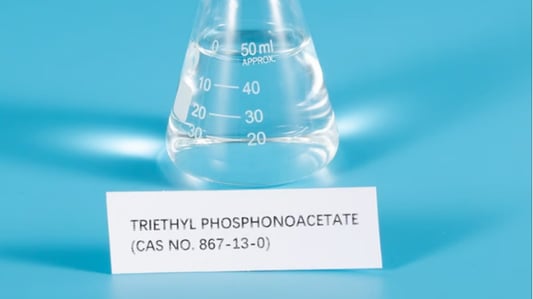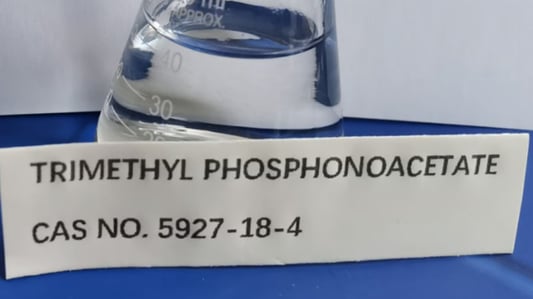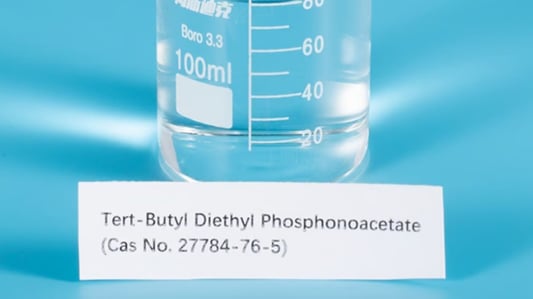IntroductionPharmaceutical Intermediate refers to a chemical compound that is used as a starting material for the synthesis of drugs. It is a key component of the drug manufacturing process and plays a vital role in the development of numerous drugs. This article delves into the features of pharmaceutical intermediates, their properties, and usage in the pharmaceutical industry.Properties of Pharmaceutical IntermediatePharmaceutical intermediates come in a variety of chemical compositions and forms. They can be organic or inorganic, and range from solids to liquids. These intermediates often have specific functional groups that make them suitable for a particular chemical reaction or synthesis. Some of the most common functional groups include alcohols, amines, carboxylic acids, and esters.Uses of Pharmaceutical IntermediatePharmaceutical intermediates serve as essential building blocks for drugs. They are used in the first stage of drug development and production, where they are transformed into the finished drug. Intermediates help to simplify the chemical synthesis process, making it easier to create a pure and stable final product. They are also critical for the development of highly specialized drugs that target specific diseases or medical conditions.Types of Pharmaceutical IntermediateMany different types of pharmaceutical intermediates exist, each with unique chemical compositions and properties. Some common examples include amino acids, alcohols, steroids, and vitamins. These intermediates can be further categorized based on their function in the drug development process. For instance, they can be classified as starting materials, synthetic intermediates, or reagents.Synthesis of Pharmaceutical IntermediateThe synthesis of pharmaceutical intermediates is a highly complex and precise process. It often involves several chemical reactions, starting from simple raw materials and building up to the final intermediate. Producing these intermediates requires high levels of expertise, as they are typically used in the creation of high-value drugs. Advanced techniques like fermentation, catalysis, and chromatography are often employed in the synthesis process.Purification of Pharmaceutical IntermediateOne crucial step in the creation of pharmaceutical intermediates is purification. It involves removing impurities and other unwanted compounds to achieve a high degree of chemical purity. Purification techniques like distillation, crystallization, and filtration are commonly used to separate the desired intermediate from the reaction mixture.Quality Control and AssurancePharmaceutical intermediates must meet strict quality control and assurance standards to ensure the safety and efficacy of the final product. Rigorous testing protocols are employed to monitor and verify the purity, identity, and physical properties of the intermediate. Additional testing is conducted to ensure the intermediate is free from harmful impurities and conforms to regulatory requirements.Availability of Pharmaceutical IntermediatePharmaceutical intermediates are readily available from a variety of suppliers worldwide. They can be purchased either in bulk or in smaller quantities depending on the specific needs of the drug manufacturer. It is important to source intermediates from reputable suppliers that have experience and expertise in the production of these compounds. This ensures a high level of quality and reliability.Future of Pharmaceutical IntermediateThe pharmaceutical intermediate market is expected to experience significant growth in the coming years. The increasing demand for specialized drugs and new treatments is driving the development of new and innovative intermediates. The use of advanced synthesis techniques and process optimization will continue to enhance the efficiency of intermediate production, making it faster, safer, and cheaper.ConclusionPharmaceutical intermediates are a critical component of the drug development process. They play a vital role in the creation of safer, more effective drugs that can improve the lives of millions of people worldwide. The synthesis, purification, and quality control of these intermediates require a high degree of expertise and precision. As the demand for specialized drugs and personalized treatments continues to grow, pharmaceutical intermediates will remain an essential element of the pharmaceutical industry.Quote InquiryIf you have any questions, please let us know asap!










